Effective Scoring Methods of Sales Leads
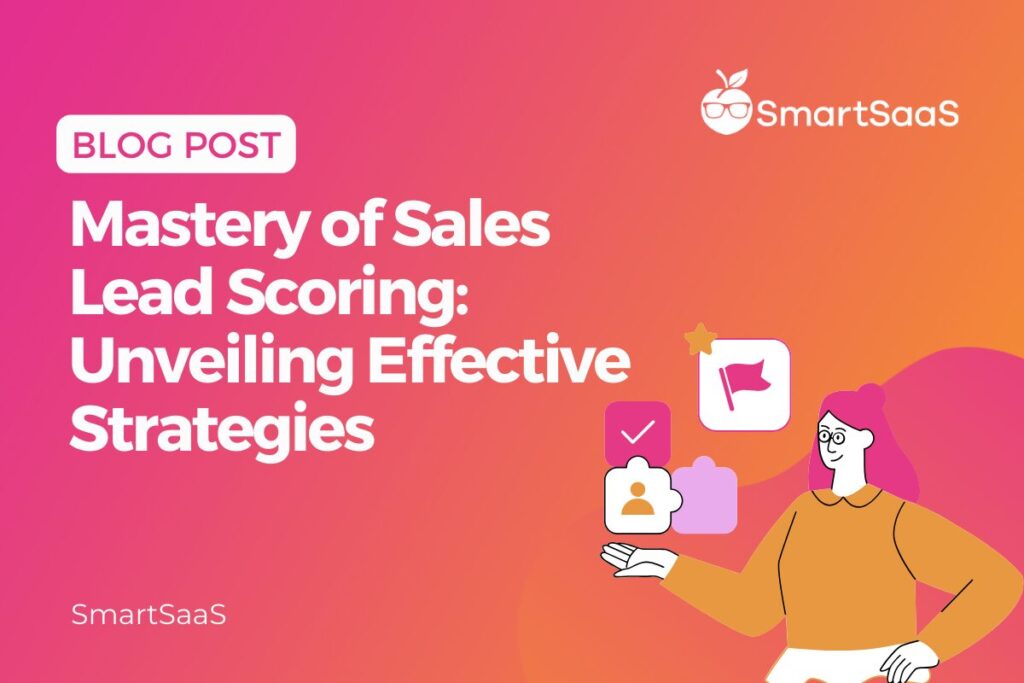
Why Lead Scoring Matters
Finding the correct lead-scoring method is essential as it helps businesses focus their time and resources on the most promising potential customers. Let’s break down why finding the best lead-scoring approach is a necessary first step for you:
Efficiency in sales efforts
When you’re trying to sell your product, not all potential customers are equally likely to purchase. Some might be interested and ready to buy, while others might just be browsing.
A good lead-scoring model helps determine which leads are more likely to convert into paying customers. This means your sales team can focus their time and energy on those leads that are more likely to bring in revenue rather than wasting time on less promising ones.
Effective resource allocation
Your business resources, like time and money, are limited. If you chase after every lead without knowing its potential value, you might spend a lot of effort on leads that are unlikely to result in sales. Using a specific lead-scoring model, you can prioritize your resources and allocate them where they’ll have the most significant impact. This can lead to higher sales efficiency and better return on investment.
Personalized communication
Different leads have different needs and preferences. A lead-scoring model helps you understand the interests and behaviors of your leads. This means you can tailor your communication and marketing efforts to match what each lead is looking for.
Sending the right message at the right time can significantly increase the chances of converting a lead into a customer.
Reduced churn and better customer relationships
Imagine identifying which leads are more likely to become loyal, long-term customers. With an excellent lead-scoring model, you can do just that. By focusing on the leads with a higher potential for loyalty, you can build stronger relationships and reduce customer churn. This is because you’re providing them with what they need and value, which makes them more likely to stick around.
Data-driven decision making
Rather than relying on hunches or guesses, a lead-scoring model relies on data and patterns. This means you’re making decisions based on evidence rather than gut feelings. It helps you make smarter choices about where to invest your efforts and resources, leading to more successful sales outcomes.
Best lead-scoring models you can use for lead qualification
These are the lead-scoring models that many people in sales use most often:
- Demographic Scoring
- Behavioral Scoring
- Lead Source Scoring
- Engagement Scoring
- Time-Based Scoring
- Fit Scoring
- Email Engagement Scoring
- Content Engagement Scoring
- Lead Grading
Demographic Scoring
This model sorts and gives points based on the lead’s job, company size, industry, where they are, and other significant details that can be used in lead qualification.
Identify your lead’s job position.
Let’s say you’re selling software that helps with marketing. A lead with a job title like “Marketing Manager” or “Chief Marketing Officer” might need your software. So, you’d give a higher score to leads with job titles that match what your product is suitable for.
Determine the size of a company
If your product or service is for big corporations, for example, software that every employee can use, leads from large companies may benefit and be valuable to you.
Relate your product to lead’s industry
Some effects are beneficial for specific industries. For instance, if you’re selling medical equipment, leads from hospitals and healthcare companies might be a good fit. So, you’d assign higher scores to leads in industries your product serves well.
Consider the location of your lead
Sometimes, where a lead is located matters. If you’re selling surfing gear, leads from coastal areas might be more interested than those from inland places. Location can help you know who will likely enjoy your product.
Other Demographic Info
Other things might also matter, like the age of the lead, their gender, or even their education level. If you’re selling something more relevant to a specific age group, you will give higher scores to leads in that age range.
Behavioral Scoring
You can’t just read your leads’ minds; you look at what they do instead. This is where the behavioral scoring model comes in. You can keep track of their actions to figure out how interested they are. Here is how you can use this model in your sales strategy:
Engaging with your website
Whenever this lead visits your website, they’re poking around to see what you have. Some pages, like the “Products” or “Services” page, might be more critical. If they visit those pages, you’d give them points because they look curious.
Clicking on links
If your emails have links to your website or specific content, and they click on those links, it’s a sign they’re diving deeper. Clicking earns them more points because they’re showing extra interest.
Downloading educative resources
You must also put a score on the lead who downloads content like guides, e-books, or videos from your website. It shows that they are eager to learn about your product and services.
Lead Source Scoring
Lead source scoring is about keeping track of where you find potential customers. You give higher scores to the areas that bring in leads more likely to become paying customers.
Different places to find customers
When people discover your business or product, they do it differently. They could find you on your website, through ads, on social media, from recommendations, or even at events you attend. These ways are like a “source” that brings in potential customers.
Determine the source that gives a lot of leads
Some of these sources might be good at bringing in people who buy what you’re offering. These are the sources that work well and help you make more sales. For example, if you notice that many people from a particular website ad tend to become customers, that source is high-converting.
Giving lead source scoring
With lead source scoring, you give scores to the different sources based on their performance. If a citation is known for bringing in leads that are more likely to become customers, you give it a higher score. This helps you keep track of which sources are the most effective at getting you sales.
Engagement Scoring
Measuring conversations is the model’s focus. You’ll determine how much the people are involved and interested in your sales pitches.
Consider the interaction stage
When you talk to potential customers, you might do it through emails, calls, meetings, or even chatting online. These are interactions where you’re discussing your products or services with them.
Assess how much a lead is involved
Sometimes, the people you’re talking to might be curious. They might ask lots of questions and show that they’re interested. Other times, they might not seem very interested or might not ask many questions.
Giving engagement points
Engagement scoring is about giving points to these interactions based on the person’s interest. You’d give them more points if they’re actively participating, asking questions, and showing curiosity.
Time-Based Scoring
Sometimes, time also matters in lead qualification. Especially how recently a lead action has been done and how often it happens.
Monitor how frequently an action a lead is doing.
Those actions are when people visit your website, open your emails, or interact with your content. Time-based scoring looks at how recently they did these actions and how often they did them.
Higher scores for recent and consistent engagement
With time-based scoring, if someone has done something recently (like visiting your site today), they get more points. Also, if they’ve been doing similar things consistently (like opening your emails every week), they get more points, too.
Knowing who to focus on
Time-based scoring helps you know which leads are giving more attention. If someone scores high because they’ve been interacting a lot lately, they might be a good target for your sales efforts.
Fit Scoring
This model is based on your company’s objectives. You can give points according to potential leads based on how well they match your customer profile. It helps you see which leads are a great fit for your business.
Assess your ideal customer profile
You must understand who your perfect customer would be. Determine if a lead correlates with your objective. This includes their job, company size, industry, and interests. If someone is very similar to what you’re looking for, they get more points.
Understand the comparison
When you see the scores, you can tell how well each lead matches your perfect customer. More points usually mean they align better with your target.
Focus on close fits
Leads with high fit scores are the ones that are a perfect match for your business. They are more likely to benefit from your products and services, and you can focus more on them.
Email Engagement Scoring
This model keeps track of how people respond to the emails you send. You give them points for actions like opening, clicking, and replying. This helps you know who’s paying attention to your emails and who might be more open to your sales messages.
Sending emails
The emails you want to send contain information about your products or services. These emails might have company contact information, links, or even questions.
Looking at lead’s reactions
With email engagement scoring, you check how people react to these emails. Did they open the email? Did they click on the links inside? Did they reply to you? These actions show how much they’re engaging with your emails.
Giving points for engaging in your emails
You give points to the leads based on how much they engage with your emails. If they open the email, they might get some points. If they click the links, they get more points. And if they reply, they might get even more points.
Content Engagement Scoring
Suppose you create exciting content like articles, videos, and guides about your products or services. This scoring model tracks how much people enjoy and use this content to learn more about what you offer.
Evaluate what your leads enjoy the most
With content engagement scoring, you’re watching to see which content the people like. Are they reading your articles, watching videos, or attending webinars? These actions show how much they’re getting involved with your information.
Giving points for interaction
You assign points to leads based on how they interact with your content. They get points if they’re reading, watching, or participating in your content. The more they engage, the more points they can earn.
Focusing on engaged leads
Leads with high content engagement scores are the ones who are digging into the information you provide. They might be more eager to know more about what you offer.
Lead Grading
This model scores those leads that directly determine who’s ready and able to become a customer.
Level of lead’s readiness to buy
Some leads might be very eager and ready to make a purchase. They’ve been researching asking questions, and seem like they’re close to making a decision. Others are starting to explore and aren’t quite ready yet.
Assess each lead’s financial capacity
Some leads have the financial ability to afford your product or service. They might be part of companies or have budgets matching your offering. Others might need more resources to invest in your solution.
Giving scores to the leads
With lead grading, you assign each lead’s grades or scores to these factors. This helps you see how ready, financially capable, and well-suited each lead is for your product.

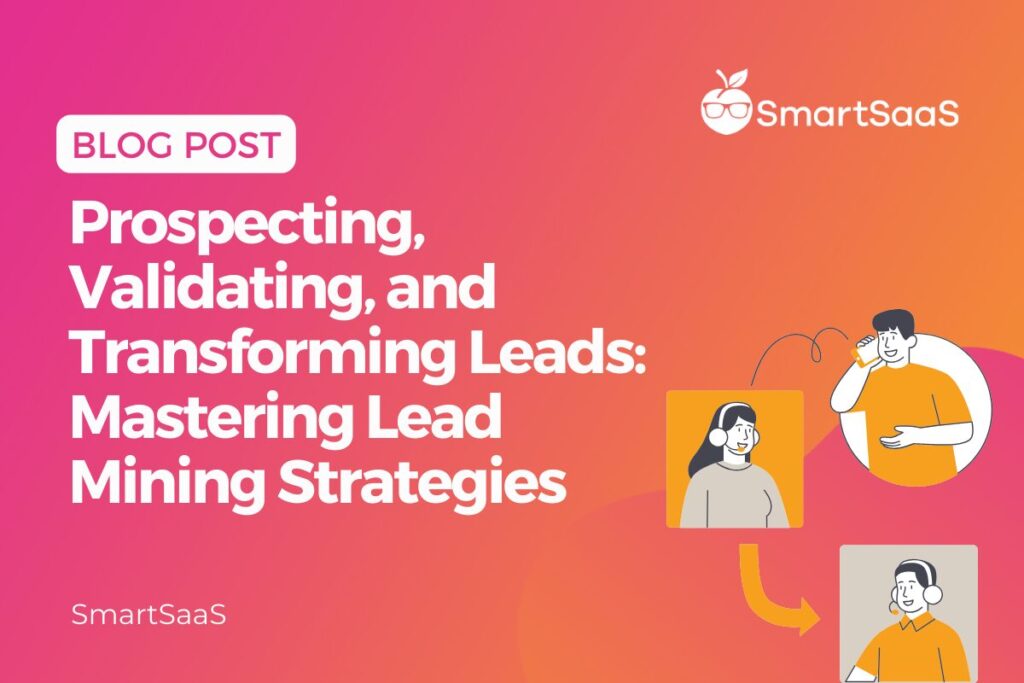
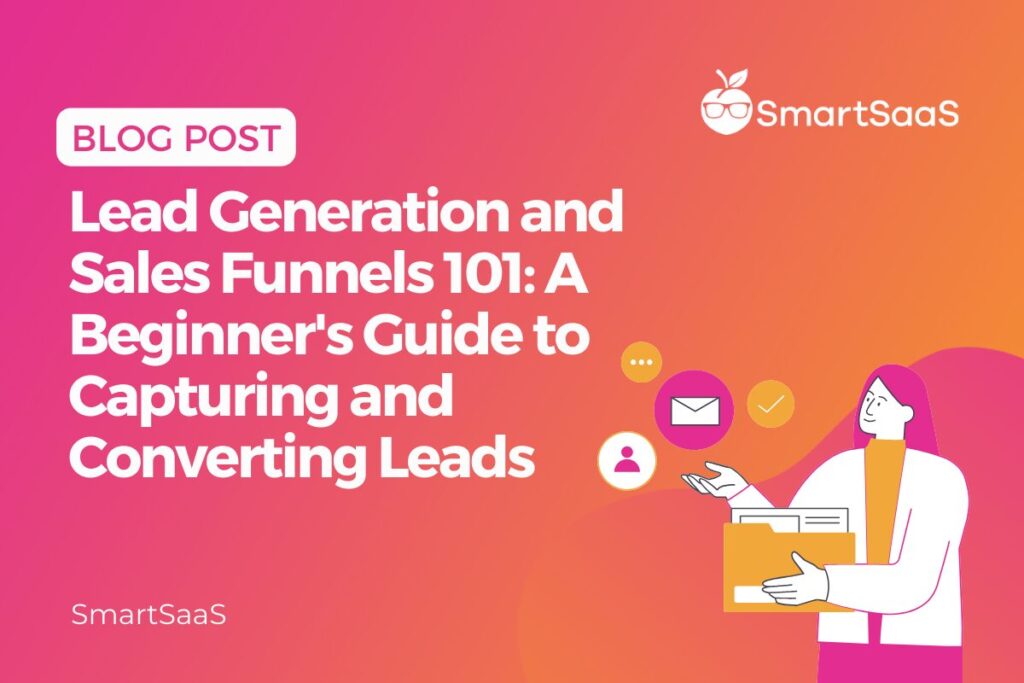
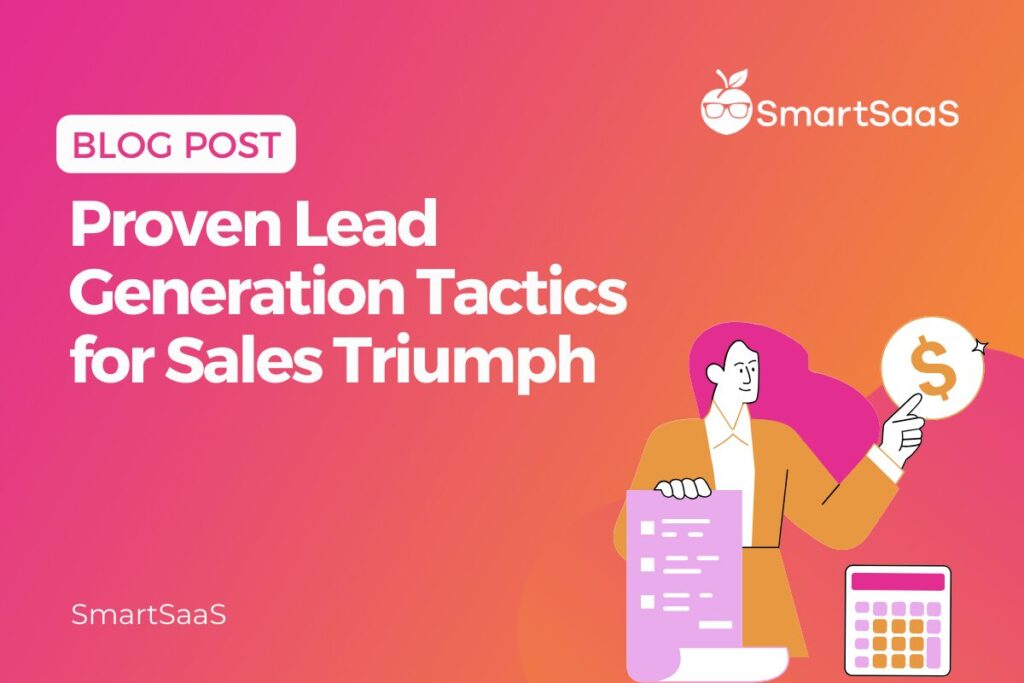

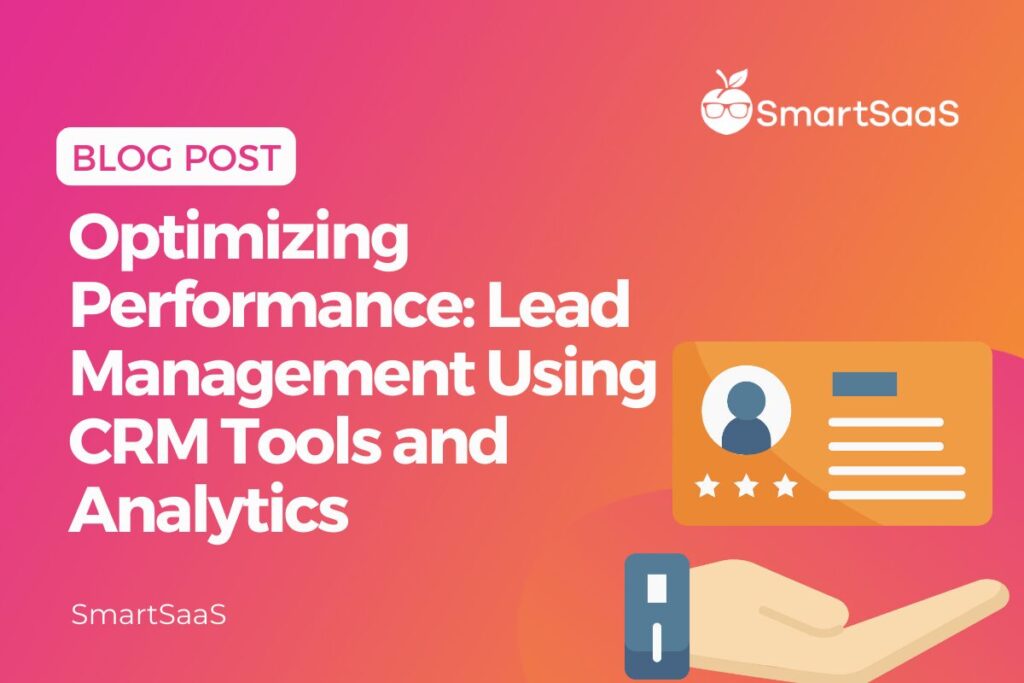
Responses